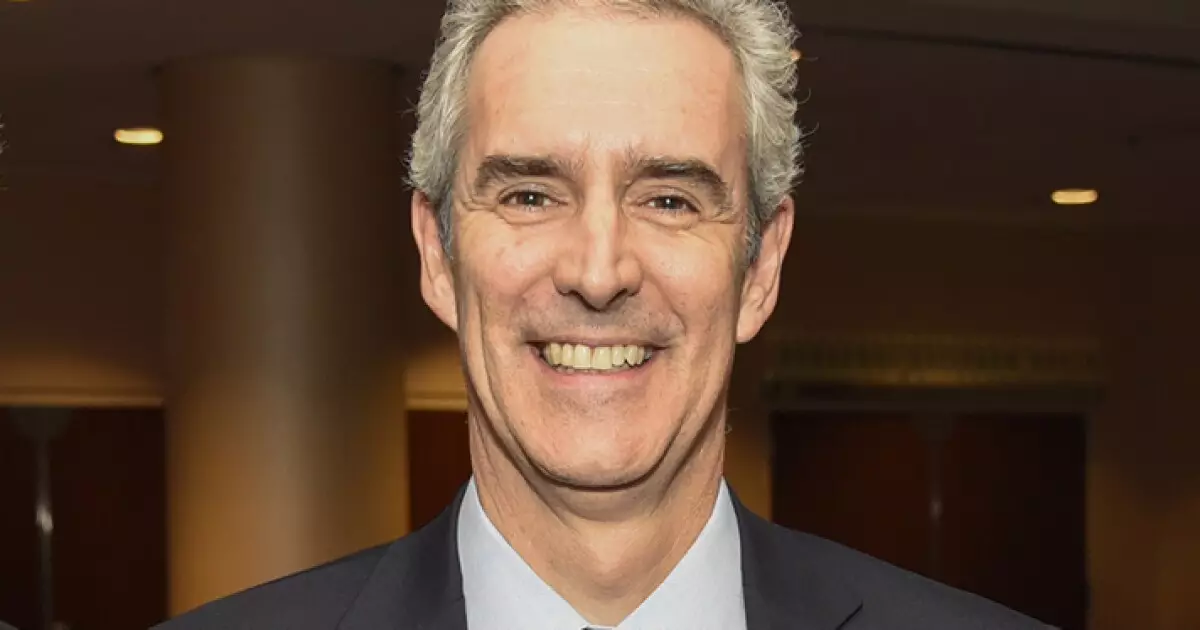The municipal bond market is experiencing a significant renaissance, with experts predicting continued growth well beyond the upcoming November elections. The recently concluded infrastructure conference in Philadelphia underscored the prevailing optimism, as industry leaders discussed record-breaking issuance levels and robust deal activity. For many stakeholders in the finance sector, these developments signify not just a momentary spike but a transformative period for municipal bonds.
The current year has been nothing short of extraordinary for municipal bond issuance. Paul Creedon, a prominent figure in the municipal finance community, reported that the end-of-year issuance is projected to reach an impressive $470 billion. This marks a substantial increase compared to previous years, raising expectations that the momentum will not dissipate with the election cycle. Unlike past trends where issuers historically hesitated post-election, industry insiders, including Rob Dailey of PNC, express confidence that strong issuance will persist, fueled by stabilized interest rates and a gradual recovery from pandemic-induced disruptions.
Persistent fears surrounding political uncertainty often temper investor enthusiasm, but the current financial climate presents a favorable outlook. Creedon articulates a sense of inevitability about surpassing historical issuance records, reflecting the growing acceptance among market participants of current interest rates and the evolving landscape of project costs.
One of the primary drivers of this remarkable growth is the stabilization of interest rates. After a long period of historically low rates, the market is adjusting to a new normal, allowing investors and issuers to realign their strategies. In light of consistent trends, there seems to be a collective adaptation to a financial environment where interest rates hover above the zero mark.
Additionally, the construction industry, often a key player in municipal bond financing, is undergoing its own set of challenges and adaptations. John Medina from Moody’s Global Project and Infrastructure Finance team presents a somewhat paradoxical situation: while the construction market is booming, a shortage of skilled labor is delaying crucial infrastructure projects, driving costs higher. These persistent delays, coupled with the slight alleviation in construction costs following the pandemic, suggest that while the market is vibrant, it remains afflicted by specific, systemic challenges that could impact long-term growth.
An intriguing aspect of this year’s growth in the municipal bond market is not only the rise in new-money issuance, which reports a staggering 27% increase year-over-year, but also the uptick in refunding activities. Tools such as tender offers and Build America Bonds are gaining more traction, contributing significantly to the overall volume. This diversification of financing instruments illustrates a more dynamic approach to project funding, enabling municipalities to leverage existing financial structures to their advantage.
The movement towards more innovative financial instruments reflects a broader trend of creativity within the municipal finance sector. With an evolving yield curve, market participants are increasingly turning to diverse financial products, including floaters and notes. As Rob Dailey suggested, the emergence of more financing options coincides with the effective allocation of federal funds, heralding a more dynamic infrastructure financing landscape.
As the municipal bond market expands, it is venturing into new realms of infrastructure investment, exemplified by greater focus on broadband, clean energy, and affordable housing. These areas not only reflect current societal needs but also present immense opportunities for growth within the municipal bond sector. Panelists at the conference voiced optimism that these emerging segments will attract substantial investment, propelling market activity to even greater heights.
This transition into newer domains of infrastructure signals a robust evolution within the sector, as traditional projects compete for capital alongside innovative initiatives aimed at addressing contemporary challenges.
The municipal bond market is in the midst of an exciting chapter marked by unprecedented growth and innovation. With a favorable economic climate, evolving financial instruments, and expanding areas of investment, the landscape is ripe with opportunities. As industry leaders express confidence in continued momentum beyond electoral cycles, the prospects for the municipal bond sector remain brighter than ever. A carefully monitored approach will be essential to navigate the evolving dynamics, ensuring that stakeholders can maintain and enhance the resilience of this vital part of the financial ecosystem.

